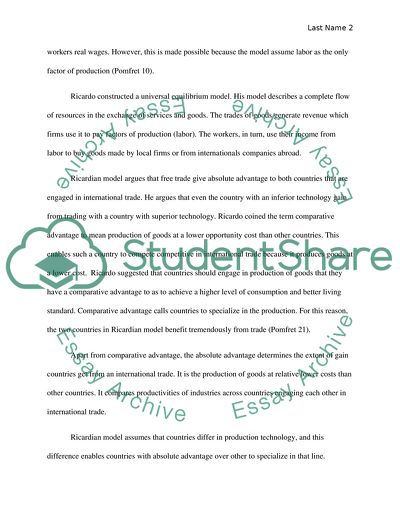Cite this document
(Mid term 440 Essay Example | Topics and Well Written Essays - 1750 words, n.d.)
Mid term 440 Essay Example | Topics and Well Written Essays - 1750 words. https://studentshare.org/macro-microeconomics/1809268-mid-term-440
Mid term 440 Essay Example | Topics and Well Written Essays - 1750 words. https://studentshare.org/macro-microeconomics/1809268-mid-term-440
(Mid Term 440 Essay Example | Topics and Well Written Essays - 1750 Words)
Mid Term 440 Essay Example | Topics and Well Written Essays - 1750 Words. https://studentshare.org/macro-microeconomics/1809268-mid-term-440.
Mid Term 440 Essay Example | Topics and Well Written Essays - 1750 Words. https://studentshare.org/macro-microeconomics/1809268-mid-term-440.
“Mid Term 440 Essay Example | Topics and Well Written Essays - 1750 Words”. https://studentshare.org/macro-microeconomics/1809268-mid-term-440.


